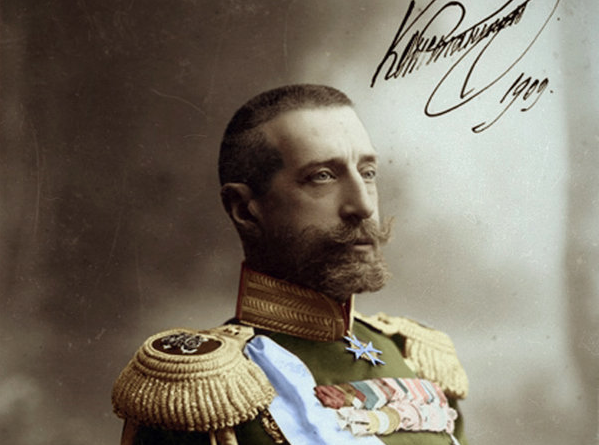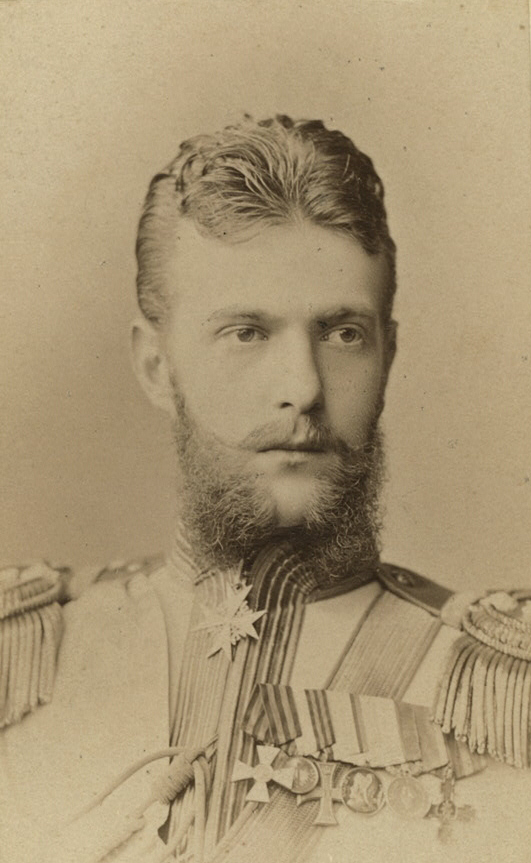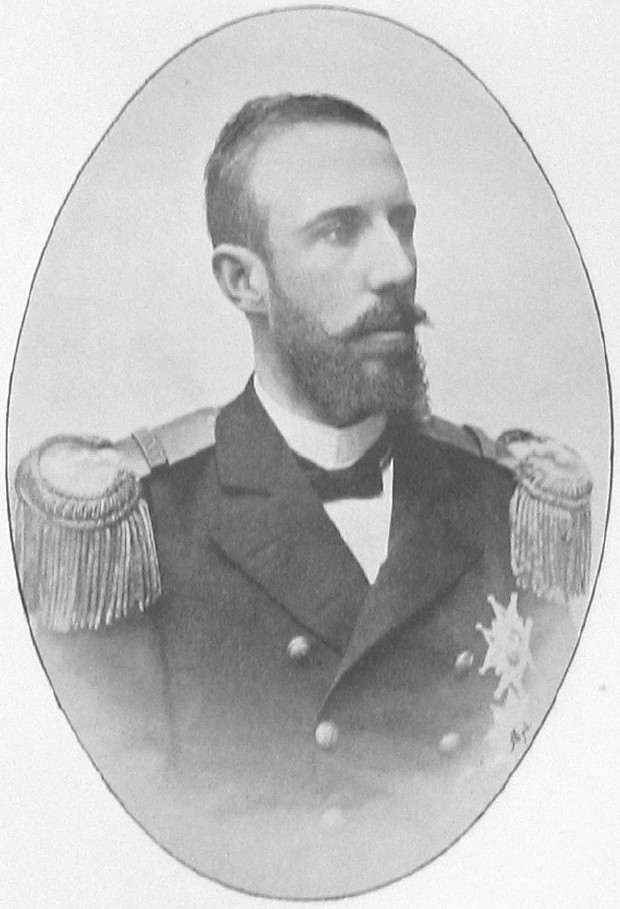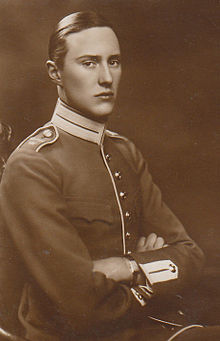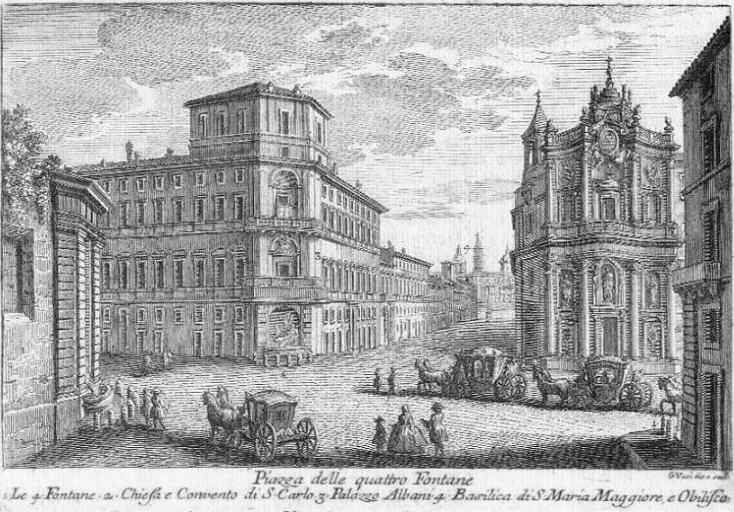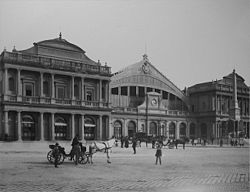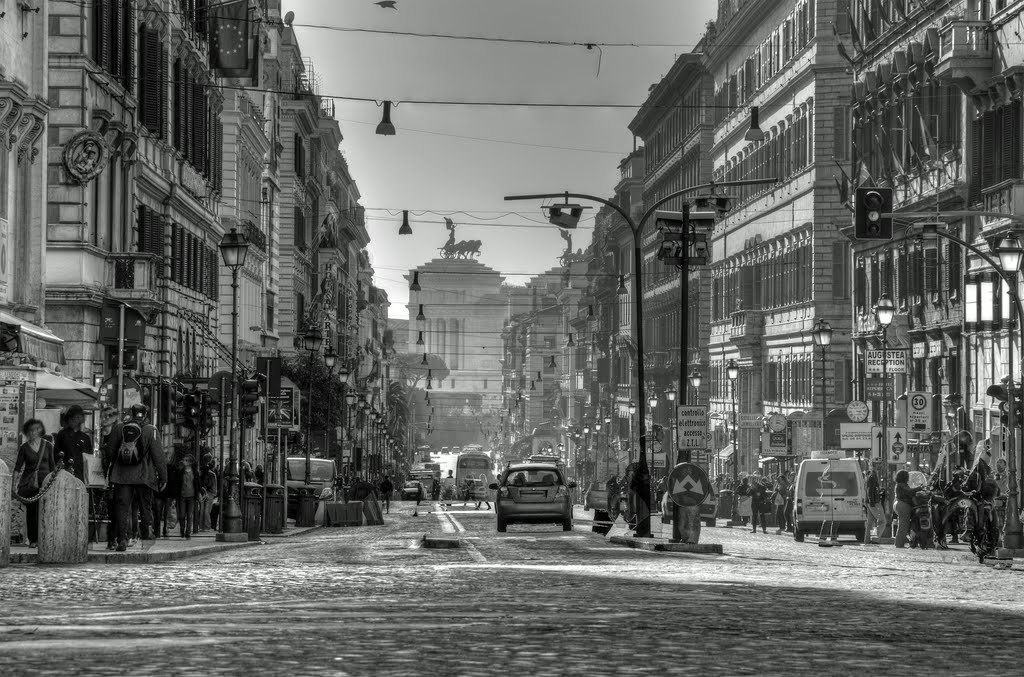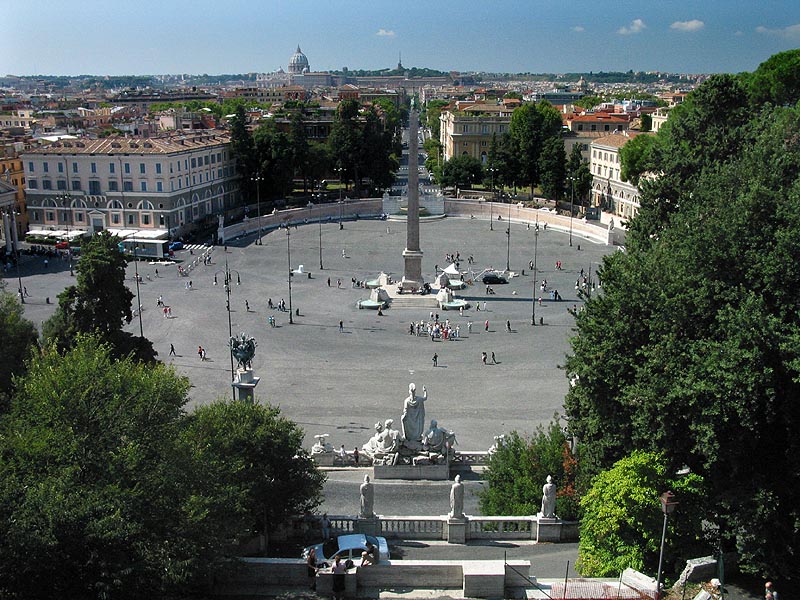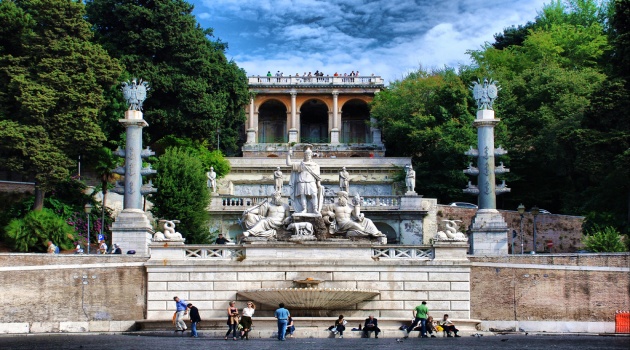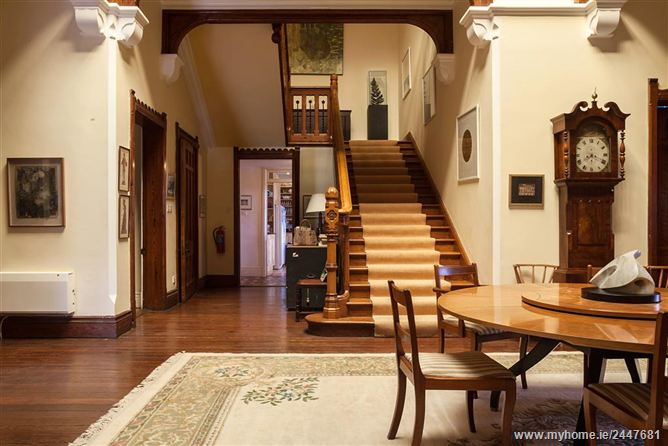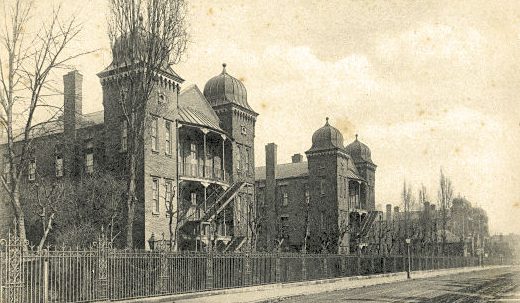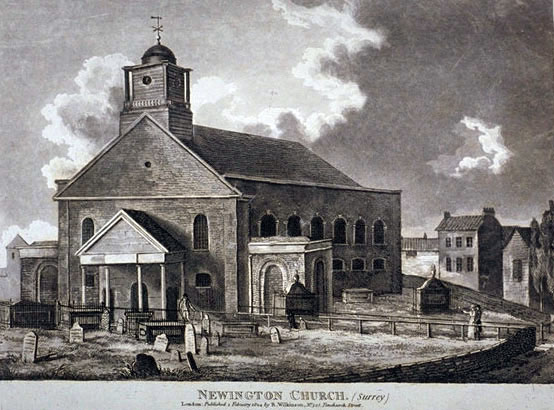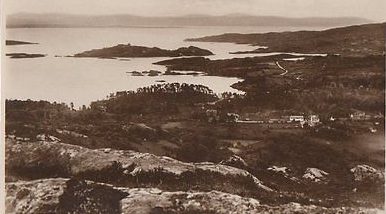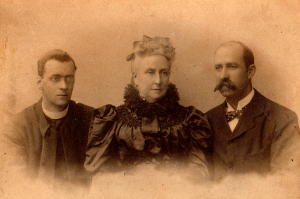
There are a number of reasons for including this. Partly it is a great article, and part of English Catholic triumphalism as the community starts to feel more secure in itself. It is also included because there are almost a dozen members of the wider family there. In no particular order:
- Mr. W. Smith, M.P, He is Alfred O’Bryen’s father-in-law.
- Judge Bagshawe, appears at a lot of family weddings,and his brother,the Very Rev. Canon Bagshawe, D.D., the Bagshawes are referred to as “cousins” in Fr. Philip O’Bryen’s obituary. Quite what the relationship is I’m still not sure because I can find no evidence to date.
- Sir (George) Sherston Baker, Bart., is Irene Roper Parkington’s father in law, and she is Dorothea Bidwell (nee Roper Parkington)‘s sister.
- Sir H(enry). W(atson). Parker, is Charlotte Purssell’s father in law.
- Mr. F(ield). Stanfield, is the brother-in law of both the Bagshawes, and his daughter Henrietta marries Joseph Walton’s son, Joseph Arthur.
- Mr. A(lfred). Purssell, – Alfred Purcell is already quite a major character. His daughter (Frances) Charlotte marries Wilfred Parker, Sir Henry Watson Parker’s son, and his grand-son Alan O’Bryen marries Marie Bidwell, whose mother is Dorothea Bidwell (nee Roper Parkington).
- Mr. H(erman). Lescher, His sister-in-law Mary O’Connor Graham Lescher (nee Grehan) married her father’s step-mother’s nephew, Frank Harwood Lescher. She is a first cousin to the O’Bryens (Alfred, Philip,Ernest, Rex, and Mary) because her father Patrick Grehan III is Celia O’Bryen’s brother.
- Mr. Cary-Elwes, This could be a number of people because there are quite a few Cary-Elwes. The most likely candidates are either Charles Cary-Elwes who married Edythe Roper Parkington in 1897, and is one of John Roper Parkington’s sons in law or possibly his uncle Arthur. If it is Charles, he would be very young, twenty four, to be attending such a grand gathering. It is unlikely to be his father, who is almost always referred to as Capt Cary-Elwes.
- Major Roper Parkington, Good old JRP has a habit of turning up to practically anything. By this point he was a highly sucessful wine importer, and City business man. As seen from above, one of his daughters married George Sherston Baker’s son, and another married Charles Cary-Elwes, and his grand-daughter Marie married Alan O’Bryen, Ernest’s son.
- Mr. J. Walton, Q.C., Joseph Walton’s son, Joseph Arthur marries Field Stanfield’s daughter Henrietta
What it also does is give a clear idea of a tight social circle, that is also very inter-related.
The Tablet Page 5, 15th April 1893
THE BANQUET AT THE MANSION HOUSE.
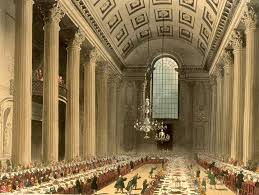
The brilliant scene at the Mansion House on Wednesday night marked at once the crowning hour of an honourable career, and in some sort the closing of a chapter in the story of English Catholicism. A very sympathetic audience listened to the Lord Mayor, when, lapsing for a moment into a strain of personal reminiscence, he told how from earliest manhood onwards he had laboured in silence for the good of the city, and all the world has now witnessed his great reward. And when we speak of the reward which has come to him in his 70th year, for all his patient service of the City of which to-day he is the Chief Magistrate, we are thinking less of the proud position he has won than of those golden opinions which the manner of his winning it has brought to him from all sorts and conditions of men,.
If ever a man in the hour of realized hope could look back upon a stainless record, or attained the object of a long and honourable ambition with the knowledge that in the pursuit of it he had never swerved, even by the hesitation of moment, from the path of the highest right, that man is the present Lord Mayor. In his case the battle of duty was fought in the open, steadily and unflinchingly, and his conduct has earned the recognition and the gratitude of men, of whatever creed, who care to see the triumph of truth and principle over shuffling and insincerity. But it will do more than that, it will do more than add to the general esteem in which Mr. Alderman Knill is held by all who know him. His steadfast constancy to Catholic principle upon that large and public stage, where all the greatness of the City was behind him to act as a sounding-board to his words, will give new heart to many a poor co-religionist for whose obscure trial or sordid troubles the world has neither heed nor care.
Many a little hidden tragedy and loss of self-respect, away in villages and remote country towns, as well as here in London, may be averted by this one conspicuous example of Catholic faithfulness ; and long after Mr. Alderman Knill has passed away the memory of that famous day in the Guildhall when he risked the ambition of a life-time, for many a tempted man may help to dip the trembling scales on the side of fidelity and truth. But, as the Cardinal hinted the other night, the career of the Lord Mayor offers another lesson. In his case, to the tenacity and courage which make, perhaps, the groundwork of his character, have been added not only a singular simplicity and directness of purpose, but also qualities which are less often associated with that resoluteness of which he has given such signal proof.
Throughout all this quarrel Mr. Alderman Knill has borne himself not only as a fearless and honourable man, but always with the considerateness and the unvarying courtesy of a Christian gentleman. The silken glove has been oftener felt than the iron hand, he has never fought for trivialities or shown himself unbending except for essentials, and he has been ever ready to respect the scruples, and, when that was possible, even the prejudices of his opponents. It was impossible not to think of these things on Wednesday evening, and not to regard that glittering scene as in some sort the fulfilment of a career. The time of struggle and doubt, indeed, was over long ago, and for many months the Lord Mayor has held with assured ease, his office of Chief Magistrate of London. He has offered his splendid hospitality to all that is famous and distinguished in the land, and looked down upon more brilliant crowds. But the sight of the guests who had gathered at his bidding on Wednesday night to do honour to the Cardinal must have affected him in a different and a quite separate way.
In that famous banqueting hall, officially presided over by the Lord Mayor and the Sheriffs of the City were the representatives of all Catholic England. The Cardinal and the Bishops, Peers and Members of Parliament, the clergy, Judges and leaders of the Bar, journalists, architects, naval and military officers, country gentlemen, artists, merchants, the officers of the leading Catholic associations—all that goes to make up the world of English Catholicism was there. Never since Cardinal Pole was invited by the Mayor and citizens in the year 1554, had a Prince of the Church been thus officially received, and never assuredly for three hundred years and more had there been such an assemblage of Catholics within the walls of the city.
To many that scene seemed like a visible triumph spread out before the eyes of the man who presided there so quietly and graciously and yet had risked so much for conscience’ sake, and risking it had struck such a signal blow for religious freedom and so vindicated for Catholicism its rightful position before the people. But whether considered, as it was designed, as an opportunity for offering public welcome to the Cardinal, or as, in fact, it also became a demonstration of regard for a host whom his guests delighted to honour, this memorable banquet was an unqualified success.
THE BANQUET.

The banquet accordingly took place on Wednesday evening, when Cardinal Vaughan and the Bishops of the English Catholic Hierarchy, and a large gathering of the Catholic clergy and laity, met at the Mansion House. The guests, who numbered upwards of three hundred, were received by the Lord Mayor and Lady Mayoress in the Reception Hall. Cardinal Vaughan, on entering, was met by the City Marshal, and, preceded by two torch-bearers carrying lighted candles, was conducted into the building. Here he was received by the Lord Mayor, who, with his mace and sword-bearers, advanced to meet his Eminence. All the Bishops wore their silk robes and chains. After the greeting, the guests passed into the Egyptian Hall, where the banquet was served. On the left side of the Lord Mayor sat the Cardinal, and on the right side the Duke of Norfolk.
Besides these, the invited guests were : The Earl of Denbigh, the Bishop of Clifton, Archbishop Scarisbrick, 0.S.B., the Earl of Albemarle, K.C.M.G., the Bishop of Liverpool, the Earl of Westmeath, the Earl of Gainsborough, Lord William Nevill, the Bishop of Nottingham, Lord Braye, the Bishop of Birmingham; the Right Rev. Lord Petre, the Bishop of Newport and Menevia, Lord Norreys, Admiral Lord Walter Kerr, the Bishop of Shrewsbury, Lord Beaumont, Lord North, the Bishop of Emmaus, Lord Arundell of Wardour, the Bishop of Northampton.
Lord Herries, the Bishop of Southwark, Lord Emly, the Bishop of Leeds, Lord Morris, the Right Hon. the Lord Chief Justice of Ireland, the Bishop of Middlesbrough, Lord Clifford of Chudleigh, the Bishop of Portsmouth, the Bishop of Hexham and Newcastle, Lord Acton, the Bishop of Cisamus, the Bishop of Salford, the Right Hon. the O’Conor Don, the Bishop of Priene, Mgr. Gilbert, Mr. Justice Matthew, the Hon. Mgr. Talbot, D.D., the Very Rev. Provost Wenham, Mr. Austin, M.P., the Very Rev. Canon Bamber, Count de Torre Diaz, the Very Rev. Canon Purcell, the Hon. A. Petre, the Very Rev. Canon Keens, Mr. W. Smith, M.P., the Rev. Father Sidgreaves, F.R.A.S., Sir Walter de Souza, the Rev. Dom Gilbert Dolan, Sir G. Errington, Bart., the Very Rev. F. A. Gasquet, D.D., Sir G. Clifford, Bart., Mgr. Carroll, Sir Philip Rose, Bart., the Rev. Bernard Vaughan, S.J.
Sir W. Vavasour, Bart., Mgr. Cahill, Sir Percy Grace, Bart., Mgr. Carr, Judge Stonor, Mgr. Johnson, D.D., the Rev. G. S. Delaney (chaplain), Colonel Vaughan, Mgr. Howlett, D.D., Judge Bagshawe, Mgr. Fenton, Sir C. M. Wolseley, Bart., Mgr. Clarke, D.D., Sir W. Blount, Bart., Mgr. Motler, Sir W. Hamilton Dalrymple, Bart., Mgr. Williams, Sir Sherston Baker, Bart., Mgr. McKenna, Sir R. Bamewell, Bart., General Sir A. Herbert, K.C.B., Sir H. W. Parker, the Very Rev. G. Callaghan, the Very Rev. Canon McCave, D.D., the Very Rev. W. T. Gordon, the Very Rev. R. Butler, D.D., the Rev. F. Rymer, D. D., the Very Rev. F. M. Wyndham, Mr. R. Berkeley, the Mayor of Barnstaple, Mr. Percy Fitzgerald, the Very Rev. Canon Barry, Mr. C. A. Scott-Murray, the Very Rev. Canon Akers, the Mayor of Gravesend, the Very Rev. Canon Murnane, Mr. J. S. Croucher, Mr. Hussey Walsh, the Very Rev. Canon Bagshawe, D.D.,
Chevalier Sperati, the Very Rev. Canon Fannan, Mr. N. Synott, Mr. Britten, Mr. E. Wolseley, Mr. J. P. Wallis, the Very Rev. Canon O’Callaghan, Mr. J. Hunt Lilly, the Very Rev. Canon Moore, the Very Rev. Canon O’Halloran, the Very Canon Lalor, Captain Richey, Mr. G. W. Winzar, Mr. James Coen, Mr,. John Knill, Mr. Soulsby, Colonel E. Burnaby, Mr. R. Pargeter, Mr. S. J. Nicholls, F.S.A., Mr. B. F. Costelloe, the Very Rev. Canon Franklin, Mr. G. Whitlaw, the Very Rev. Canon Wilson, 0.S.B., Mr. J. Kenyon, Mr. J. T. Perry, the Very Rev. Canon Randerson, Mr. G. A. Bouvier, Mr. W. Farren, Mr. E. W. Beck, the Rev. G. Richardson, Mr. S. Gatti, Major Gape, Mr. F. de Bernhardt, the Rev. A. B. Gordon, Mr. J. Wallace, Mr. A. Hornyold, Mr. H. W. Bliss, Mr. J. Borrajo, Mr. F. Whitgreave, Junr., Mr. J. Dunn, the Very Rev. Canon Grady, Mr. L. T. Cave, The O’Clery, the Very Rev. M. Kearney, the Rev. C. Tochetti, Mr. Arthur A’Beckett, Mr. A. J. Blount, the Very Rev. M. Gaughren, the Rev. J. Holder, Mr. E. de Lisle, F.S.A., Mr. A. Boursot, the Very Rev. Canon Scott, D.D., the Rev. Dr. W. Barry, Mr. S. Tapprell Holland, Mr. R. A. Harting, the Very Rev. Canon Luck, the Rev. T. F. Gorman, Mr. W. Hays, Mr. P. Wittan, the Rev. G. B. Cox, the Rev. E. J. Watson, Mr. W. M. Honneybun, Mr. E. Tegart, Mr. W. Langdale, Mr. T. Rawlinson, Mr. Edward Petre, Mr. L. Eyre, the Very Rev. J. Procter, Mr. J. H. Pollen, the Rev. Bernard Ward, Mr. J. H. Powell, Mr. F. Stanfield, Mr. A. Purssell, the Very Rev. Provost Dawson, the Very Rev. M. Kelly, D.D., Mr. F. R. Ward, Mr. W. S. Lilly, the Very Rev. Canon Brownlow, the Very Rev. J. P. Bannin, Mr. Lane-Fox, Mr. Wegg-Prosser, the Rev. J. Minnett, the Very Rev. F. Henry, Mr. J. St. Lawrence, Mr. Wilfrid Ward, the Very Rev. Canon Mackintosh, the Rev. D. E. Dewar,
Mr. H. Lescher, Mr. S. Lickorish, Mr. Fitzherbert Brockholes, Mr. Bolton, Mr. Cary-Elwes, the Rev. F. J. Sheehan, the Rev. M. Fanning, Colonel H. Walpole, the Rev. Father E. Badger, Mr. Snead Cox, Mr. H. Stourton, Mr. C. R. Parker, the Rev: E. Pennington, the Rev. Father Eyre, S.J., Mr. J. B. Hardman, Mr. W. Meynell, the Rev. F. Skrimshire, Mr. C. A. Buckler, Mr. Lister Drummond, the Rev. A. White, M.R., the Rev. Dr. W. J. B. Richards, Mr. Everard Green, the Rev. C. A. Cox, the Rev. W. Barry, Mr. Santley, the Rev. E. Buckley, Mr. A. Oates, the Rev. E. Martin, Major Roper Parkington, Mr. J. McAdam, Mr. Borff, Mr. E. Bellasis, Mr. E. D. Purcell, the Rev. W. Fleming, M.R., Colonel Tully, Mr. Murphy, Q.C., Mr. L. C. Lindsay, the Rev. T. Graham, D.D., Mr. G. Blount, Mr. J. Walton, Q.C., Mr. W. Wilberforce, the Rev. D. Skrimshire, Mr. A. B. Glewy, the Rev. R. Buckler, Mr. E. J. Fooks, Mr. C. Gasquet, Mr. T. Meyer, Mr. A. B. Kelly, Mr. F. R. Langton, Mr. Basil Fitzherbert, the Rev Dr. Moyes, Mr. St. George Mivart, F.R.S., the Rev. R. C. Bone, the Rev. W. Ignatius Dolan, the Rev. J. S. Vaughan, Major Trevar, the Rev. Father Hayes, S.J., Mr. J. Brand, Mr. Ogilvie Forbes, Mr. S. D. Williams, Mr. J. Steuart, Mr. W. H. Bishop, Mr. J. S. Purcell, C.B., Mr. J. V. Hornyold, Mr. J. Incledon, Mr. Albert A’Beckett, Mr. W. D’Alton, Mr. C. Kegan Paul, Mr. W. H. J. Weale, Mr. A. R. Dowling, Mr. A. C. Wood, F.S.A., Mr. Hillier Gosselin, Mr. W. H. Lyall, Mr. H. D. Harrod,F.S.A., Mr. C. R. Parker, Jun., Mr. R. Cafferata, Mr. R. Woodword, Mr. W. S. Craig, Mr. Wilfrid Herbert, Mr. W. Pyke, Mr. J. Hosslacher, Dr. O’Reilly, Mr. P. P. Pugin, Mr. Washbourne, Mr. F. T. Silvertop, Mr. W. Keatinge, Mr. E. Hibbert, Mr. W. Keane, Mr. R. H. C. Nevile, Mr. Casella, Mr. W. G. Freeman, Mr. J. S. Hansom, Mr. F. M. Lonergan, Mr. J. P. Munster, Mr J. F. Caulfield, Mr. C. Kent, Mr. R. Sankey, Mr. R. W. Berkeley, Mr. J. B. Carney, Mr. R. J. Walmesley, and Mr. C. T. Layton.
After the tables were cleared, The LORD MAYOR rose to propose the first toast,—That toast, he said, always uppermost in the hearts of Englishmen, and especially citizens of London, the health of the Sovereign, under whose gentle sway the country has lived and prospered for more than fifty years—her Gracious Majesty Queen Victoria. Since the very commencement of her reign, said Alderman Knill, all have been fully conscious that she has entered into the griefs and joys of every one of her subjects, and that she has the desire to alleviate those sorrows, and to participate in their rejoicings. Their loyalty was almost warmed to love when they recognized her great sympathy with her Catholic subjects in all their troubles. To her all homage was due ; and their prayers were, that she who had ever been an example in the acknowledgment of her dependence upon a Higher Power, might be long spared to rule over them and see her people united and contented. Following the old tradition still retained in the great city’s walls, he prefixed the health of him, the great Head of the Church, Christ’s Vicar, who, seated on Roman Heights in incense laden atmosphere, kept an ever watchful eye on every portion of his vast flock ; to him who raises up his mighty voice to lead in all emergencies—the Holy Eather who speaks to all as children. He asked them to drink to the” Pope and the Queen.” The LORD MAYOR proposed the second toast—” The Prince of Wales, the Princess of Wales, and all the Royal Family.” We love and reverence them, he said, as our fellow-citizens. Almost every one of our Princes has connected himself with one of our Guilds, and like our much loved Queen, they are always ready and willing to do all in their power to help the needy and suffering. Whenever any dire calamity strikes the land,one of our Princes or Princesses comes forward to assuage the grief and remedy the evil. He trusted that H.R.H. the Princess of Wales might soon again be restored to health—she, our Peerless Princess whom all loved and honoured.
In rising to propose the third toast, that of “His Eminence Cardinal Vaughan,” the LORD MAYOR said that it was customary at this juncture to say something about our Defensive Forces and Legislative Houses, but their special purpose of meeting together was to do honour to Cardinal Vaughan. Let him do that. He (the Lord Mayor), had endeavoured to bring together not only representatives of one body, but representatives of trade and guilds, of art and science and literature, peers, commoners, sculptors, poets and historians, our professors and scholars —all had come to pay their tribute of love and homage to his Eminence. He (the Lord Mayor), as Chief Magistrate of the great City of London, felt unworthy in this, his 70th year, of being allowed such an honour as to entertain his Eminence, and he assured his guests that he should never forget that honour. It was with the greatest pleasure that he wished his Eminence the best of blessings and the best of health to contend with the work he had before him. He had the virtues and actions of all his predecessors, and he invited all to drink, with all sincerity of heart, the health of his Eminence Cardinal Vaughan.
CARDINAL VAUGHAN, who was warmly greeted on rising to reply, said that he heartily thanked the company for the great honour they had paid to his colleagues and himself. He felt conscious of his unfitness in many ways for the post in which he had been placed. But he could assure them that he felt in no manner discouraged, and that he should always do his very best. (Cheers.) The honour paid to him and his colleagues that night was the greater and the more acceptable when they recognized in the Lord Mayor not only a genuine Englishman but a typical Catholic layman. (Cheers.) He had upheld his great religious principles in a way that had won for him the admiration of the whole world. (Cheers.) That great municipal hall had from time to time been placed at the disposal of various religious bodies, who, by their position and by their work, had a claim to an opportunity of furthering projects which they wished to carry out for the good of their fellow creatures. He rejoiced that an opportunity had now been afforded to the religious body to which nearly all those present belonged of meeting together in the same place. They, too, had at heart the interests of the community at large. (Cheers.) Their history was bound up with the history of England ; their religion was at the basis of civilization; they represented, as strongly and as consistently as any body of men to be found in the country, the vital and noble principle of Christian education. (Cheers.) They contended not merely for the traditions of their creed, but for the great principle of natural law that parents ought to be able to educate their children in such schools as they decided upon and thought fit. (Cheers.) In doing this no one ought to be subject to any loss or deprivation. (Cheers.) They demanded a jealous watchfulness over parental liberties, and they would withstand any education system which they believed to be destructive of those liberties. In this they felt that they were acting in common with the great majority of the people of this country. (Cheers.) He was glad, in replying to the compliment which the Lord Mayor had paid them, that he should have been enabled to declare in that great hall how devotedly attached the whole Catholic body in England were to the civil institutions of the country and to the maintenance of Christian and parental liberties. (Cheers.) They all feel deeply grateful to the Lord Mayor for his kindness to them on that memorable occasion. (Cheers.)
The DUKE OF NORFOLK, in proposing ” the health of the Lord Mayor,” said all Catholics were grateful to him for the kind thought that prompted him to bring them together in that splendid hall in this Low Week. That week had, as far tack as he could remember, been the traditional week for Catholic reunions. The Bishops had always met then to take counsel with one another, and for the arrangement of their pastoral work. The Catholic School Committee, the body to whose special care had been entrusted all that concerned the vital’ work of Catholic primary education, had also chosen that week for their deliberations. So too the annual reception at Archbishop’s House had been timed to suit the convenience of the many Catholics who came to town for Low Week. In other years, however, they had done their several work and then gone their several ways without thought of any common trysting place. This year the kindness of the Lord Mayor had led him to offer them his splendid hospitality, and afford them one more common meeting ground, at the Mansion House. He eulogized the qualities of the Lord Mayor, saying that he represented— and represented well—the beating heart and centre of that vast empire to which they all belonged. He concluded with a reference to the fact that the Lord Mayor had just entered upon his 70th year, and then went on to say that his hearers might not be so well familiar with another little piece of family history. Mr. Alderman Knill had a grandson who had had the temerity to begin his seventh year precisely when the Lord Mayor was beginning his 70th. He (the Duke) thought they were well justified, therefore, in hoping that another generation of citizens might be ruled from the Mansion by a scion of the house of Knill. The LORD MAYOR, in reply, said he felt the great honour that the Duke of Norfolk had paid him. He was indeed proud to be at the head of this dear city of London, and loved his name to be connected with its name. He had endeavoured, as every one in his position would, to do his duty, and he trusted that to the last day of his life he would act on the principle of doing openly what his conscience ordered him. He loved his fellow-citizens and had endeavoured and would endeavour to put away any prejudice in favour of his co-religionists, and act justly and impartially by all.
The following was the Menu :
POTAGES. Tortue et Tortue Claire.
POISSONS. Tranches de Saumon a la Morny,Turbot. Blanchaille
RELEVES Timbale a la Bayonne, Escalopes de Cailles a la Monte Carlo.
ENTREES. Cote d’Agneau. Canetons aux Petits Pois. Jambon au Madere.
ENTREMETS. Chaudfroid a la Strasbourg. Bavarois aux Conserves. Gelees aux Pistaches.
RELEVES Fanchonettes a la Biscottini. Supremes d’Abricots a la Creme.
DESSERT.Bombe a la Francaise. Crotites a L’Indienne.
The following was the programme of music performed during dinner by the Coldstream Guards’ Band (by permission of Colonel J. B. Sterling) :
GRAND MARCH “The Silver Trumpets’ Viviani.
SELECTION “Haddon Hall” Sir A. Sullivan.
VALSE ” Serenade ” O’Meta.
SELECTION ” Cavalleria Rusticana” Mascagni.
ENTR’ ACTE “La Colombe” Gounod.
MENUET DE MANON Massenet.
SELECTION “La Mascotte” Audran.
VALSE “Espana” Waldteuftl. PART SONG “Sweet and Low” Sir, J. Barnby.
SELECTION “II Mercante de Venezia” Pinsuti. CONDUCTOR: MR. C. THOMAS.
The following was the programme of vocal music sung after dinner by Master Ernest Howland, Master Harold Ohlson, Mr. John Bartlett, Mr. Edgar Pownall, Mr. A. Sinclair Mantell, and Mr. Charles Radburn, of the choir of the Pro-Cathedral, Kensington :
GRACE.
“GOD SAVE THE QUEEN.” “AD MULTOS ANNOS.”
“The Crusader” ” Spring” “Sing we and chaunt it” “Village Blacksmith” “Stars of the Summer Night” “When Evening’s Twilight” Pinsuti. Macfarren. Pearsall. Hatton. Hatton. Hatton.
THE TOAST OF “THE POPE AND THE QUEEN : SUBSEQUENT ISSUES.
At a meeting of the Court of Common Council on Thursday afternoon, Mr. W. 0. Clough, M.P., asked the Lord Mayor if he was correctly reported in that morning’s paper, as having, at a banquet at the Mansion House the previous night, placed the name of the Pope before that of the Queen in submitting the first toast to his distinguished guests. The Lord Mayor, who was cheered on rising, said he had very great pleasure in answering the question put to him. When he accepted the office of Lord Mayor he assumed that every one understood that he would not allow anything whatever to interfere with his conscientious convictions. He had taken care ever since he had been at the Mansion House to do nothing whatever to interfere with the scruples, or even the prejudices, of his fellow-citizens, and he had cordially given the use of the Mansion House to every religious body which was doing work in this great metropolis. While saying that, he believed that, as a Catholic, he had a right to receive as his own honoured guests those of his faith to whom he looked up with high reverence and respect. It was his original intention to make the banquet a private one, and not to invite the press, but it was represented to him that if that were done it might be thought that he was ashamed of what he was doing. That was certainly not the case. In regard to the particular toast, he said he was glad to follow the example of the City Guilds and others, who invariably recognized a High Power, and gave their first toast in the form of “Church and Queen.” He gloried that that was so in the City of London, and though he had not been able to take part in the spiritual devotions of his fellow-citizens, he rejoiced in their manifestations of religious devotion. Following that principle, he, addressing guests who looked upon the Holy Father in Rome as the head of their Church, as he did, coupled the name of the Pope with that of the Queen, not abating in so doing one jot of the loyalty and affection which they entertained for her gracious Majesty. The Lord Mayor was loudly cheered on resuming his seat.
Mr. Clough reserved the right to raise the question on another occasion.

